Low levels of upward social mobility and high levels of economic inequality pose a serious challenge to the American Dream. Policy-makers need to understand the relationship between these trends in order to design interventions that promote mobility and opportunity.
In an intriguing new analysis, Ben Olinsky and Sasha Post at the Center for American Progress conclude that the size of a region’s middle class is strongly correlated with the probability of upward mobility for a child born poor in that region. The implication is that inequality is linked to mobility, i.e. children who grow up in regions where incomes cluster around the middle of the distribution have higher rates of movement out of poverty, as compared to those who grow up in areas where incomes are clustered at the tails of the distribution:
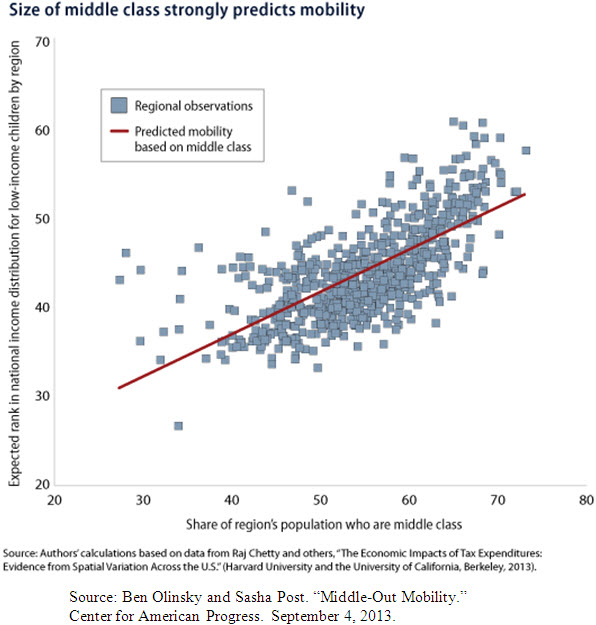
Olinsky and Post have taken on a challenging topic. Studies of mobility and inequality are fraught with methodological difficulties. For instance, any attempt to understand the causal impact of economic inequality on economic mobility has to wrestle with endogeneity: in other words, is inequality driving mobility, or is a third factor—such as education—the driving force behind both inequality and mobility? While Olinsky and Post provide strong evidence of a link between the size of the middle class and rates of upward mobility, they are (rightly) careful not to assume a causal connection.
The CAP study makes use of Raj Chetty and his colleagues’ dataset on regional characteristics and inter-generational mobility rates (a new treasure trove for wonks likely to yield many important insights). One of the Chetty team’s main findings is a strong link between economic residential segregation and economic mobility: poor kids who grow up in regions with high levels of residential segregation by income are less likely to be upwardly mobile than those who grow up in economically-integrated communities.
Residential segregation by income is likely to be strongly correlated with the size of the middle class in a given region. So the factor linking the size of the middle class with upward mobility is perhaps the level of residential integration in a community. Of course, it is also possible that the size of the middle class drives the level of residential segregation in a given community.
One thing is for sure: disentangling these knotty causal relationships is a crucial next step in understanding what drives – or blocks – upward mobility.
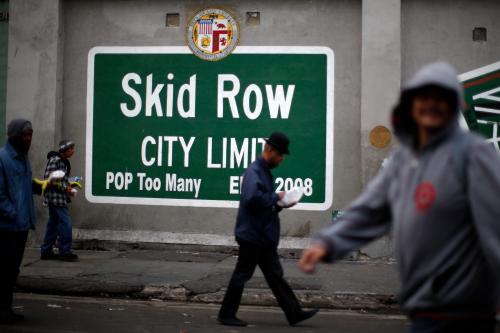
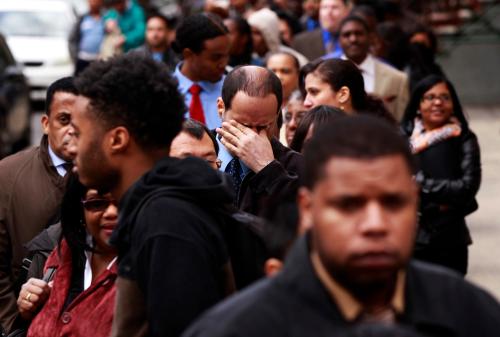

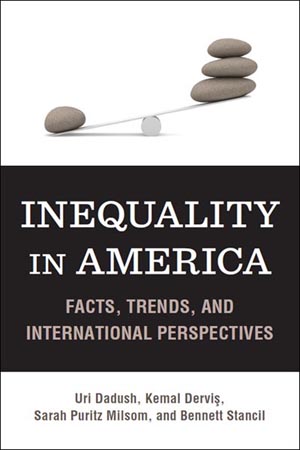
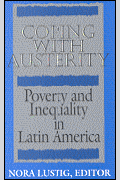
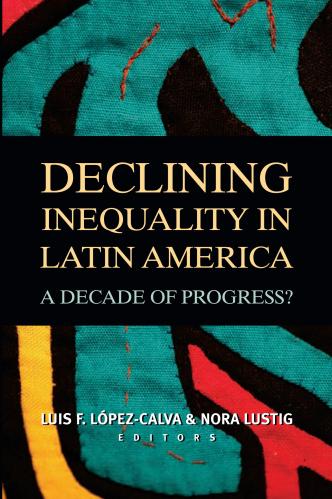



Commentary
Does a Strong Middle Class Predict Upward Social Mobility for the Poor?
September 6, 2013